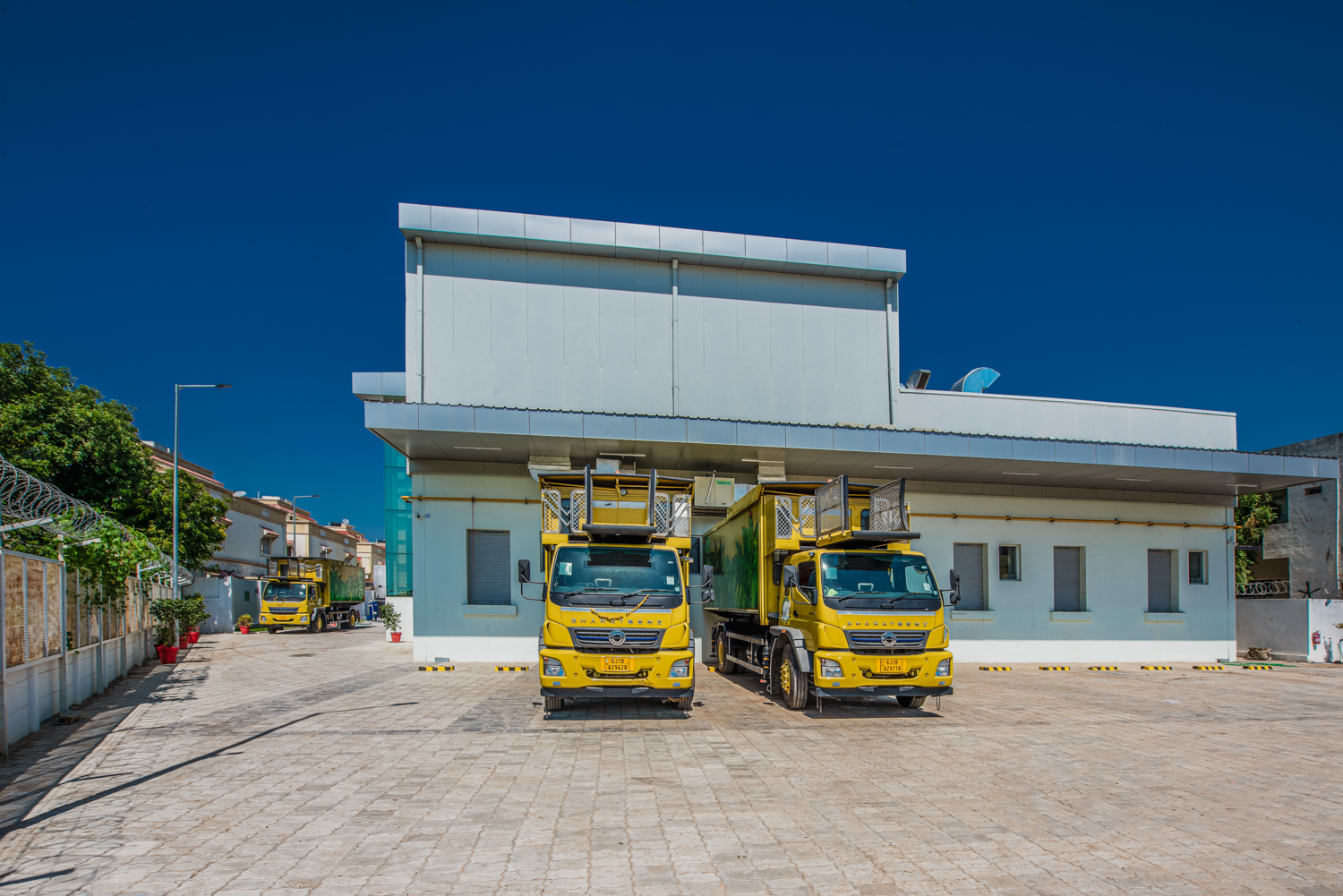
A Guide to Designing Industrial and Flight Catering Kitchens
When it comes to food service, the heart of any successful operation lies in the kitchen. Whether it’s an industrial kitchen or a specialized flight catering kitchen, meticulous planning and thoughtful design are essential. The layout, equipment choices, and workflow play a pivotal role in ensuring smooth operations, optimizing efficiency, and maintaining the highest standards of food safety.
Without careful planning, a kitchen can be overwhelmed by too much equipment, too small of a workspace, and a lack of proper ventilation. This can lead to increased costs, food waste, and employee burnout.
In this article, we’ll look into the key aspects of planning and designing these culinary workhorses that power the food industry.
Understanding the Unique Needs of Industrial Kitchen & Flight Catering Kitchen
Industrial kitchens and flight catering kitchens have distinct needs driven by their specific functions.
Industrial kitchens, often found in large-scale food production facilities, cater to high volumes and diverse menus.
Flight catering kitchens, on the other hand, focus on creating delicious meals while adhering to space constraints and strict aviation regulations. Understanding these differences is crucial for designing spaces that align with their intended purposes.
The Importance of Layout in Kitchen Design
A well-thought-out layout is the cornerstone of kitchen design. It determines how efficiently chefs and staff can move around, access equipment, and collaborate.
In an industrial kitchen, the layout should minimize cross-traffic, allowing staff to focus on their tasks without unnecessary disruptions.
Flight catering kitchens, with limited space, demand even more strategic placement of cooking stations and preparation areas to maximize productivity.
Ergonomics and Workflow
Ergonomics is a pivotal consideration in kitchen design. Workstations should be designed to reduce strain and fatigue for kitchen staff. Industrial kitchen designers often use the concept of the “kitchen triangle”, optimizing the distance between cooking, preparations, and cleaning areas. Flight catering kitchens require a similar approach, ensuring that every step of meal preparation is within easy reach.
Equipment Selection
Selecting the right equipment is a balancing act between functionality, space utilization, and budget constraints. In industrial kitchens, versatile and high-capacity equipment is favored to handle the demands of large-scale production. Flight catering kitchens must focus on compact appliances that meet aviation standards without compromising on quality.
Food Safety and Hygiene
Both industrial and flight catering kitchens must adhere to stringent food safety and hygiene standards. Proper ventilation, sanitation stations, and separation of raw and cooked food areas are paramount. Flight catering kitchens, due to the confined space and transportation of meals, require even more meticulous attention to prevent any risk of contamination.
Optimizing Energy Efficiency
In an era of sustainability, energy-efficient kitchen design is gaining prominence. Industrial kitchens often consume substantial energy, making energy-efficient appliances and practices crucial for cost savings and reducing environmental impact. Flight catering kitchens can benefit from compact, energy-saving equipment that aligns with aviation regulations.
Compliance with Regulations
Regulations are particularly stringent for flight catering kitchens, given the aviation industry’s safety requirements. Designers must stay updated on standards and ensure that the kitchen layout and equipment comply with these regulations. Industrial kitchens also need to adhere to local health and safety codes.
The Role of Technology
Innovative technologies are transforming kitchen operations. Industrial kitchens are embracing automation, from inventory management to cooking processes, streamlining operations and reducing human error. Flight catering kitchens are integrating smart ovens and monitoring systems that ensure meals are prepared precisely according to aviation regulations.
Creating a Collaborative Space
A well-designed kitchen is not just about equipment and functionality; it’s also about fostering a collaborative environment. Industrial kitchens should encourage teamwork among chefs and staff, enhancing creativity and efficiency. Flight catering kitchens, though smaller, can also promote a sense of camaraderie among culinary professionals.
Conclusion
In the ever-evolving landscape of culinary endeavors, the planning and designing of industrial kitchens and flight catering kitchens stand as critical undertakings. The success of these operations hinges on careful layout, ergonomic considerations, equipment selection, adherence to regulations, and a keen eye on emerging technologies. By understanding the unique needs of each type of kitchen, we pave the way for culinary excellence and operational efficiency.
Ready to elevate your kitchen’s design? Contact us at VMS for a Consultation on Next-Gen Industrial Solutions. Let’s Build the Future Together!




